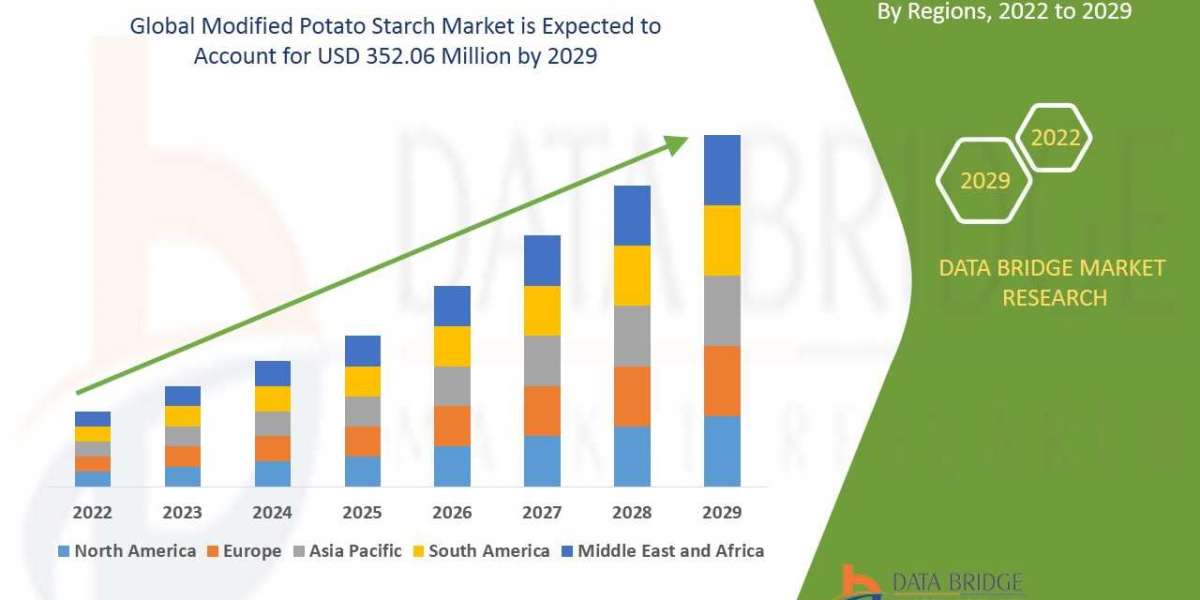Unlock the Secrets: Discover Your Baby's Arrival Date Using Just a Simple Date!
Knowing your due date is a crucial part of pregnancy. It allows parents to prepare for the arrival of their little one, plan necessary appointments, and even envision the future. Understanding when your baby is expected to arrive can provide a sense of control amidst the beautiful chaos of pregnancy. The two primary methods for calculating due dates are based on the last menstrual period (LMP) and the conception date. Each method has its own significance and can lead to slightly different timelines, which is why it’s important to grasp both approaches. Whether you’re counting from the day of your last period or the moment of conception, this knowledge can empower you to make informed decisions and preparations for your growing family.

Understanding the Due Date Calculation Methods
The due date is a medical estimate of when a pregnancy is expected to reach full term, typically around 40 weeks from the first day of the last menstrual period. This date is not set in stone, as only about 5% of babies are born on their actual due date. The most common calculation methods are based on the last menstrual period (LMP) and the conception date. The LMP method is widely used because it relies on a well-documented event—the start of the menstrual cycle. In contrast, the conception date method is useful in specific scenarios, particularly when assisted reproductive technologies are involved. Each method has its advantages and potential variations, making it essential for expectant parents to understand how each approach affects their pregnancy timeline.
Using the Last Menstrual Period (LMP)
To calculate the due date using the last menstrual period, you start by identifying the first day of your last period. From there, you can add 280 days (or 40 weeks) to estimate your due date. It’s important to note that this method assumes a regular 28-day menstrual cycle, which may not be the case for everyone. For women with irregular cycles, determining a precise due date can be more challenging. In such cases, tracking ovulation or consulting with a healthcare professional for a more personalized assessment can be beneficial. A friend of mine, who recently navigated her pregnancy, found that using ovulation tracking apps helped her understand her cycle better and provided her with a more accurate due date estimate.
Calculating Based on Conception Date
The conception date method is often used in situations where the exact date of conception is known, such as with assisted reproductive technologies. In this case, the due date is calculated by adding 266 days (or 38 weeks) to the conception date. This method can be particularly helpful for couples undergoing treatments like IVF, where the timing of conception is closely monitored. However, not all pregnancies occur in a predictable pattern, and individual factors can influence the timing. A close friend of mine who went through IVF shared her experience of how understanding her conception date helped her feel more connected and in control of her pregnancy timeline, providing her with peace of mind during a very emotional journey.
Factors That Can Affect Your Due Date
While calculating your due date can provide a timeline, several factors can impact its accuracy. Maternal health conditions, such as diabetes or hypertension, can influence the length of the pregnancy. Previous pregnancies can also play a role; for instance, women who have had preterm births may have different due date considerations. Moreover, fetal development can vary greatly from one pregnancy to another, leading to variations in the expected due date. Given these factors, it’s important for expectant parents to remain flexible and open to the possibility that their baby may arrive earlier or later than anticipated. Another friend of mine emphasized how her doctor encouraged her to focus on signs of labor instead of fixating on the exact due date, which helped alleviate a lot of her anxiety as the pregnancy progressed.
What to Expect As Your Due Date Approaches
The final weeks of pregnancy can be both exciting and overwhelming. As your due date approaches, you may experience a range of physical and emotional changes. Many women notice increased fatigue, nesting instincts, and heightened emotions. It’s essential to be aware of the signs of labor, such as regular contractions, water breaking, or a significant change in discharge. Knowing when to seek medical guidance is crucial; if you have concerns or experience any unusual symptoms, don’t hesitate to contact your healthcare provider. As my sister approached her due date, she found comfort in attending prenatal classes that prepared her for the signs of labor and what to expect in the hospital. She felt empowered knowing she had the knowledge to recognize when it was time to go to the hospital.
Preparing for Your Baby's Arrival
Understanding your due date is an essential part of preparing for your baby's arrival. By knowing how to calculate it and being aware of the various factors that can influence it, expectant parents can navigate this exciting journey with greater confidence. Whether you choose to calculate your due date based on the last menstrual period or the conception date, the most important thing is to stay in touch with your healthcare provider for personalized information and support. Embrace this unique experience and get ready to welcome your little one into the world!








